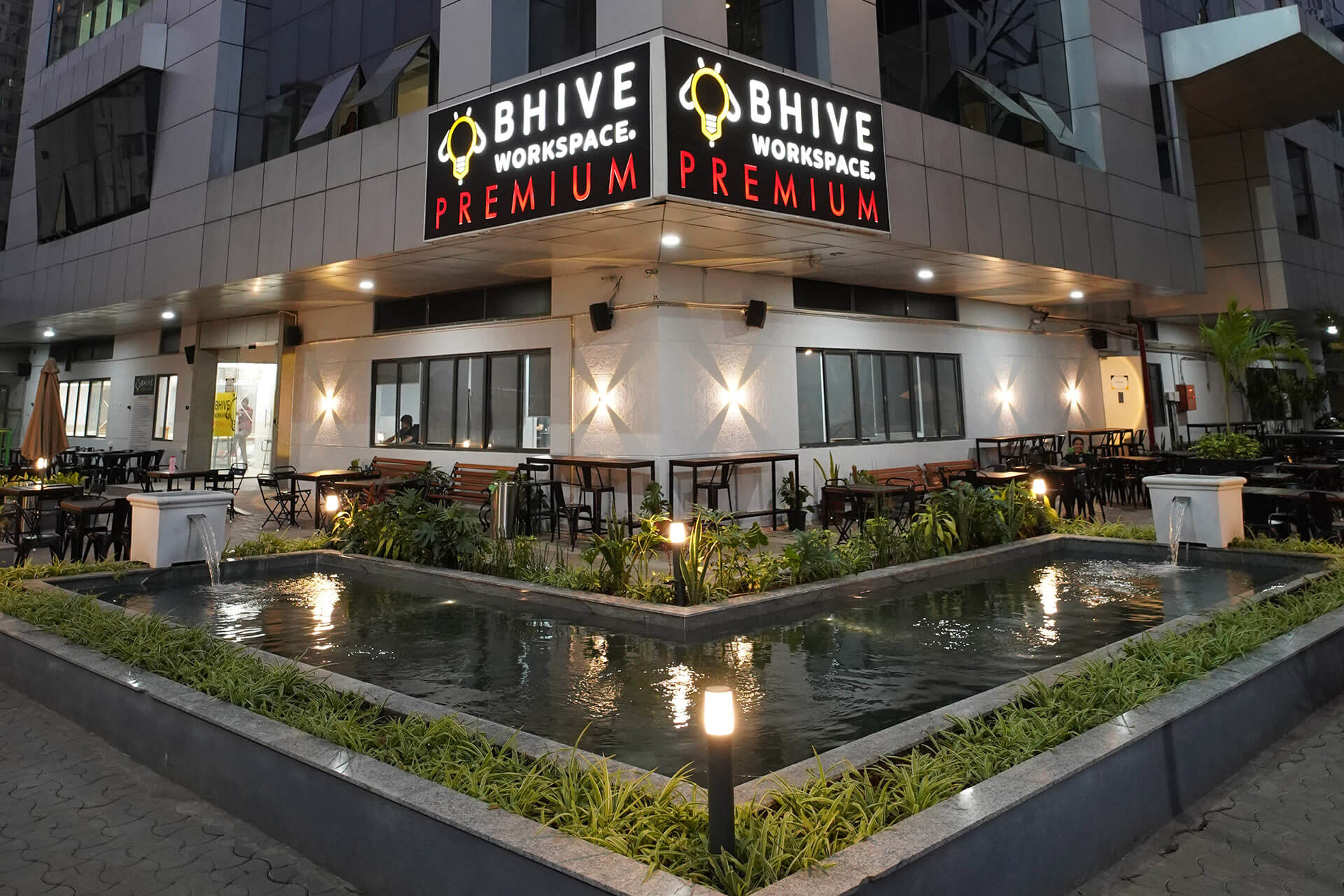- Pinnacle Business Park
- DLF World Tech Park
- DLF Building No 5
- Concorde Tower C, UB City
- Prestige Khoday Tower
- Prestige Trade Tower
- Citi Enclave Phase 6C
- TVH Beliciaa Towers
- MINT Towers
E - PAPER
Office spaces have become more human-centric
Melissa Marsh, Senior Managing Director, Occupant Experience, Savills talks to Leandra Monteiro discussing the future of work places in India. What are the factors that will drive the growth of shared workspaces in India? Factors that will d
 BY
Realty Plus
BY
Realty Plus
Published - Tuesday, 18 Feb, 2020

Melissa Marsh, Senior Managing Director, Occupant Experience, Savills talks to Leandra Monteiro discussing the future of work places in India.
What are the factors that will drive the growth of shared workspaces in India?
Factors that will drive the growth of shared workspaces comprise a combination of business demands or requirements, and of human/employee-centric demands or requirements. From a business requirement perspective, the way that we work and our businesses must work is changing swiftly, every day. Sometimes, they imply that things are really getting faster, more dynamic and global, thereby creating a different business environment. It doesn’t matter what the industry is — be it technology, retail, healthcare, insurance, or banking as every business is getting more changeful. The real estate industry is slow, but permanent and has more characteristics of being long-term. Therefore, one of the best ways for a company to ameliorate or moderate the speed of real estate business is through the co-working model, which gives them flexibility, a much different timeline, and being able to have manpower at a particular location for a generous timeframe, and to not have to make a permanent or long-term commitment. The speed of change in business is thus, one of the few key drivers.
The other factor to drive the continued predominance of co-working or a flexible office is that the concept is truly serving the customer in need. There are some corporates doing great workplace designs, but the fact that co-working has needed to be more tenant centric, more occupant centric and thereby, more customer focused, there is evidently great design coming out of co-working environments. Prominent features including tea lighting, fresh air, greenery, and natural materials are providing a more hospitable approach to the environment, similar to a hotel or café spaces where one would enjoy and even pay to spend time. So, the combination of the business’ need-for-speed and the employee’s need for a pleasant environment is going to continue driving the growth of co-working in India, and around the world.
Are these driving growth factors also applicable globally?
Factors that are making a difference globally are probably also quite valuable in India because of the way that the Indian business environment is serving a global customer. As human capital is a big piece of the industry in India, these factors are significantly experienced here.
What role will technology play in the evolution of office space specifically in India?
India has this advantage in several ways, as a number of recently built corporate offices (last 10-20 years) are characteristically different, and have different kinds of technologies embedded in them. These buildings are categorised under ‘smart-buildings’, which have daylight sensors, occupancy sensors, more capability from cracks, and heating and cooling. They may also have a different kind of technologies, which drive employee performance with the help of equipment used. An example could be more connectivity to mobile devices when one enters the work environment that can help operate the building by booking a space in it, or by adjusting the light. This is almost the way things work in our consumer-centric world where we are able to order everything ranging from a car to a meal, or watch a movie on Netflix rather than traditional television. So the transformation in our lifestyle is also being witnessed at the workplace, primarily due to technology behind the buildings, which is being created.
Please share a list of Indian companies that follow the WELL building standard?
We have a colleague in New York, named Francesca who has recently been recruited from WELL and the De Los organisation at Savills, to help bring the wellness perspective to our customers. Around the world, we see the benefits of WELL such as more education and information for companies about the importance and value of WELL buildings. However, some organisations choose to get the certification, while others opt for focusing on the implementation or making design decisions, but are less focused on the certification. Though that is acceptable, given that it is more important to have better buildings, it would be ideal if a certification program like LEAD or WELL could help accomplish that.
Offices in India that follow the WELLTM Building Standard:
RELATED STORY VIEW MORE
NEWS LETTER
Subscribe for our news letter
E - PAPER
-

CURRENT MONTH 
LAST MONTH















